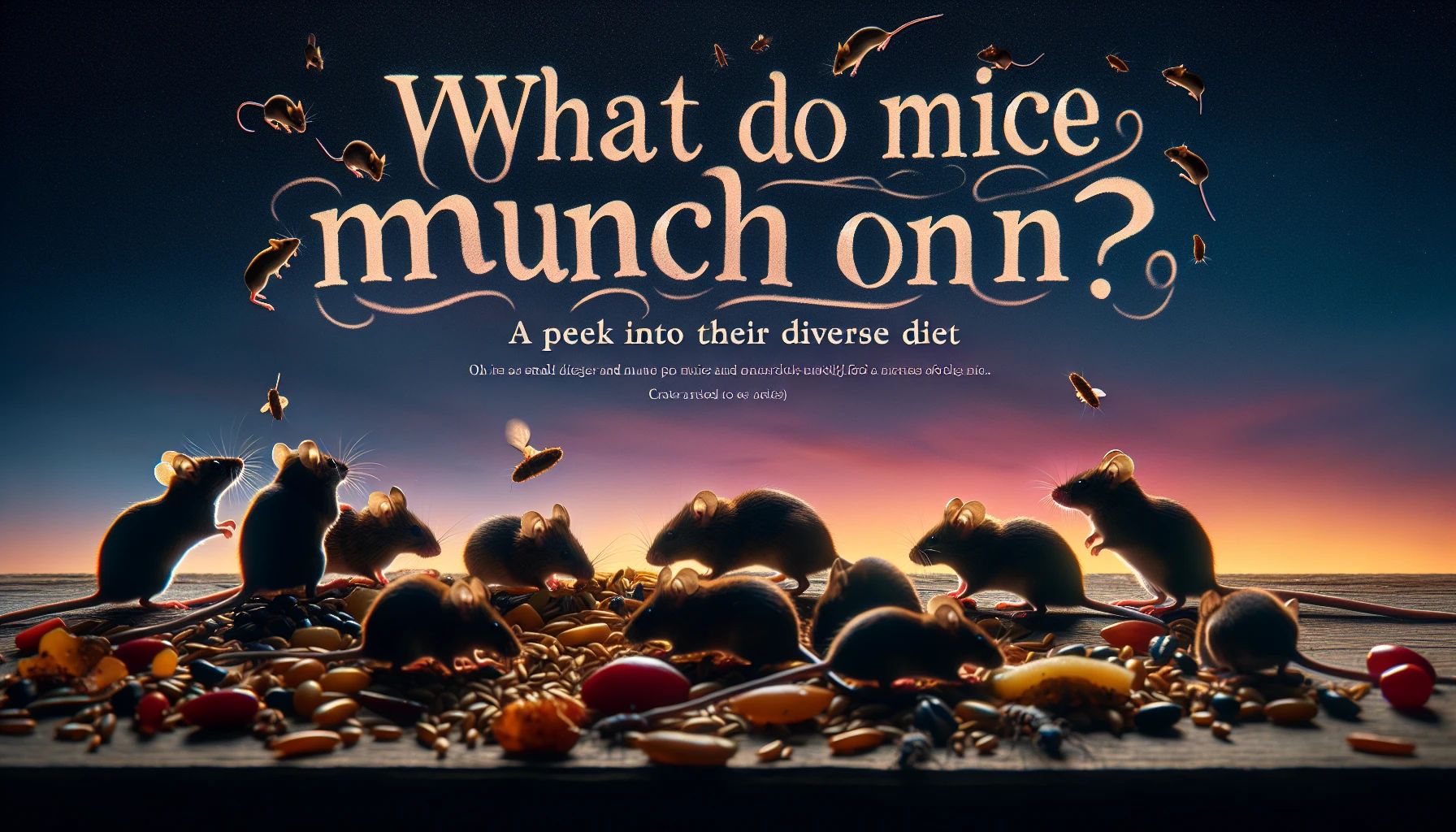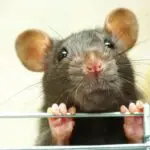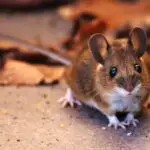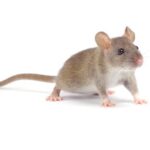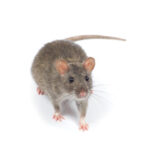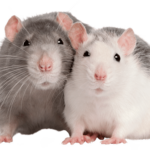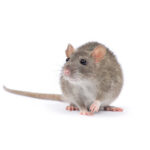What Do Mice Munch On? A Peek Into Their Diverse Diet
Introduction to Mouse Diets
Embarking on a quest to decipher the dining preferences of these tiny, whiskered foragers not only satisfies our curiosity but becomes essential knowledge for both mouse aficionados and those of us trying to outsmart the clever critters in the wild. Let’s chew over the surprisingly varied menu that sustains everything from the pet mouse cozy in its cage to its untamed cousin in the great outdoors.

Consider the humble house mouse—imagine this diminutive creature as it navigates the nooks and crannies of a home in search of culinary treasures. While cheese may be the stereotypical fare, our furry friends have a palate as diverse as their habitats. Whether they’re noshing on a morsel of bread clumsily dropped on the floor or feasting on a banquet of grains in a pantry, mice adapt to the offerings of their environment with impressive voracity.
But this dietary discovery doesn’t just resonate with mice living side-by-side with humans. Darting through fields and forests, wild mice sample a buffet ranging from tender plant shoots and berries to the unexpected crunch of an insect, highlighting the omnivorous reality of their eating habits. As they forage, mice act as unwitting gardeners, dispensing seeds and contributing to the cycle of life that keeps the ecosystem thriving. Understanding their diet is a small but crucial window into the complex web of nature.
Natural Foods: What Wild Mice Eat
Ever wondered what a day in the life of a wild mouse looks like, especially when it comes to their mealtime? Unlike their city-dwelling cousins who might raid your pantry, wild mice aren’t feasting on leftover pizza slices. No, these furry little foragers have a diet that’s all about the natural goodness of the great outdoors.
Imagine tiny feet skittering along a dewy morning, a wild mouse sets out on a gastronomic journey. First stop? A selection of seeds scattered on the forest floor—nature’s very own buffet. These seeds, packed with nutrients and energy, are perfect for our pint-sized munchers, giving them the vigor they need to carry on with their busy lives.
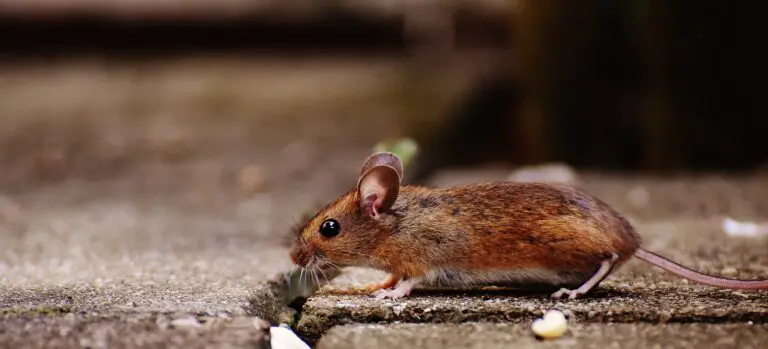
But seeds are just the appetizer. These creatures are not picky eaters; their diets are delicacies of diversity. As the day warms up, they might happen upon a cornucopia of grains. Imagine them nibbling away at wheat stalks or barley, these grains being a staple in their diet.
And what’s dessert without a little sweetness? Fruits dropped from the embrace of trees form a delightful treat for our whiskered friends. From the succulence of wild berries to the tangy taste of an apple chunk, wild mice relish the juicy fruits nature has to offer.
Of course, it’s not just about the vegetarian fare. Wild mice are also keen on protein, and what better way to get it than from insects? Whether it’s a juicy caterpillar on the underside of a leaf or a cricket chirping its last song, mice seize the opportunity to include these critters in their diet.
As we delve deeper into rodent diets, we uncover just how essential these natural foods are for maintaining the delicate balance within our ecosystems. Seeds, grains, fruits, and insects all play a vital part in the diet of mice in the wild, ensuring they remain shrewd survivors and adorable inhabitants of our world.
Domestic Bliss: Nutrition for Pet Mice
Imagine your tiny pet mouse, glossy fur smooth as silk and eyes sparkling like beads of dew. Now, picture their little dinner plate. What’s on the menu? Nurturing your whiskered friend with the right nutrition is essential for their vitality and health. Let’s take a tantalizing tour through the dietary dos and don’ts for your petite pals!
At the heart of your pet mouse’s nutrition is high-quality, commercially available mouse food, which should form the basis of their diet. These specially formulated pellets are packed with the necessary nutrients to keep your mouse in tip-top condition. Just like humans enjoy the comfort of a home-cooked meal, mice revel in the reliability of these consistent, complete feeds. Navigate here for a comprehensive guide on the dietary regime fit for your furry friends.
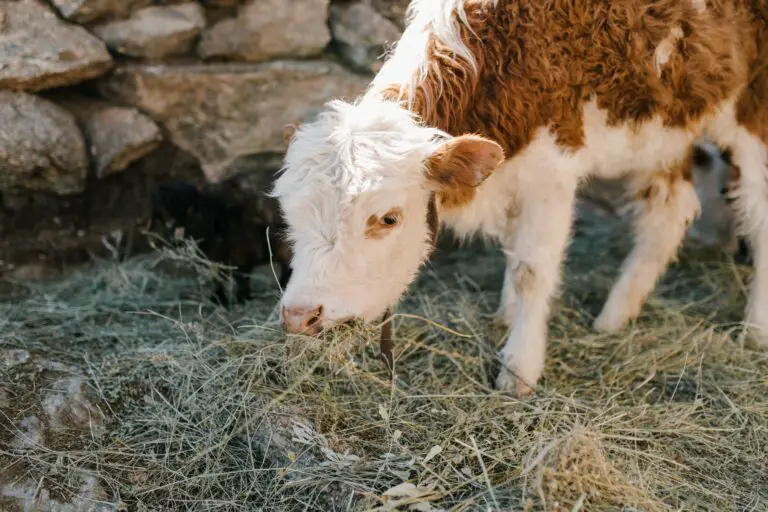
For those moments of indulgence, you can sprinkle their routines with suitable treats. Tiny cubes of cheese, a sliver of cooked pasta, or a slice of boiled egg can make their hearts race and eyes widen in eager anticipation. However, reserve these delectable rewards for special occasions; an overabundance might just tip the scales to an unhealthy side. But don’t let the treat train stop at the conventional choices; explore fresh veggies like carrots or cucumber for a refreshing crunch!
When it comes to the foods to avoid, think of this as the forbidden fruit of the mouse world. Some foods can be detrimental to your mouse’s health, causing more harm than good. Skip the chocolate and candies, as sugar is a definite no-go. Likewise, steer clear from garlic and onions; they may add zest to our life, but for mice, they’re more of a zest for distress. And always remember, moderation is key—obesity in these tiny beings can lead to a suite of health issues, cutting their adventure short in this big world.
Caring for your cuddly companion stretches beyond what they devour. Delve into deeper care tips to ensure your mice live a happy, wholesome life. With the perfect blend of commercial food, occasional treats, and a strict no-fly list for dangerous foods, your pet mouse will be fit as a fiddle—and ready to tackle their miniature, magnificent life adventures!
Dining Habits of Different Mouse Species
Ever wondered if all mice raid your pantry in the same way? Well, it turns out there’s a smorgasbord of variety when it comes to what mice eat! It’s like comparing fast food with gourmet—each mouse species has its unique palate. So let’s nibble our way through the dining particulars of our tiny, whiskered friends.

Take the field mouse, a country dweller with a taste for seeds, berries, and insects. You might catch these little guys feasting on a fallen apple in an orchard. On the flip side, the urban savvy house mouse isn’t picky; breadcrumbs to bits of butter, they’re the ultimate opportunivores!
Field Mice Versus House Mice: A Dietary Duel
The rustic field mouse, with its brownish fur, often dines under the stars. They’re the ‘localvore’ of the rodent world, preferring to munch on foods found in their natural habitat. Meanwhile, house mice are the city slickers living alongside us, whether we like it or not. Their menu? Anything and everything from your kitchen scraps to pet food leftovers. In fact, the adage ‘if you can eat it, a house mouse can eat it too’ rings quite true!
A charming example of the field mouse’s natural eating habits could be a quiet evening in the countryside, where they might gather wild seeds under the twilight sky. Contrast this with the house mouse scurrying across your kitchen floor, snagging a tiny piece of cheese dropped during a late-night snack raid.
Curious to learn more about these intriguing foragers? Delve into the nuances of their lifestyles and how a simple dwelling difference can dictate their dietary preferences by checking out this enlightening article.
So whether it’s the grain connoisseur field mouse or the ever-adaptable house mouse, their diets are as different as night and day. It’s a fascinating glimpse into the adaptability of nature and a reminder of why we find these tiny creatures so incredibly interesting—and sometimes, a little too close for comfort.
Understanding Mouse Feeding Behavior
Have you ever watched a mouse scurry around, tiny paws patting the ground as it ventures into the unknown in search of a meal? Let’s dive into the remarkable world of these petite foragers to learn just how their little bellies get filled.
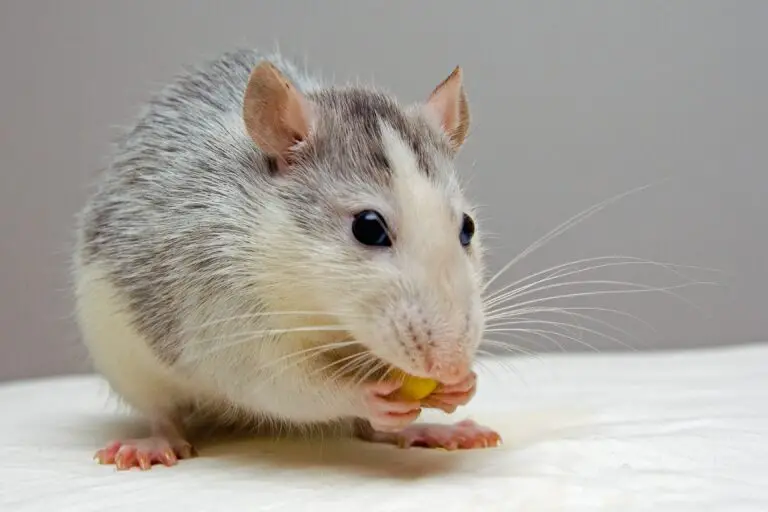
Consider this: a mouse does not grocery shop or have a pantry stocked with goodies. Instead, it instinctively explores every nook and cranny to find food. As daylight fades and the darkness of night cloaks their movements, mice embark on little expeditions to nibble on grains, seeds, and the occasional sweet fruit that might have fallen from a kitchen counter. Their foraging is not random but a nightly routine, honed by instinct and necessity.
If you think mice feast only on cheese, as old tales suggest, you’re in for a surprise. These tiny creatures have a surprisingly diverse palate. They munch on a range of plant materials, and if opportunity knocks, they won’t shy away from tasting various insects or leftovers from human meals. However, what’s on their menu can change with the rhythm of the seasons or as they age, from the milky diet of their youth to the more complex needs of adulthood.
Watching a mouse navigate the maze of its environment is an intricate dance of taste and survival. The seemingly random scatter of crumbs and bits of food we leave behind maps out a banquet for these small, whiskered guests. Their eating patterns could teach us a lesson about resourcefulness, reminding us how leftovers have value in the eyes of a forager.
As their needs change, they adapt, switching from scavenging for seeds and nuts in the crisp autumn air to seeking out warmer, hidden spots with stored pantry goods during winter. Observing their eating behavior across different stages of life offers a fascinating glimpse into the cycle of nature and the skills required to adapt to a changing world.
So, the next time you spot a mouse darting across the floor, remember it’s just carrying out the age-old ritual of foraging – it’s a tiny but mighty creature on a quest for sustenance in a big world. And while we might not have a page dedicated to their dietary intricacies, understanding the complexities of a mouse’s diet sheds light on the remarkable adaptability of these diminutive mammals.
The Impact of Human Habits on Mice Diets
Have you ever wondered if our leftovers are a feast for the petite and often uninvited guests in our homes and alleyways? Mice, those small, furry creatures, thrive amidst human civilization, and it turns out that our habits are leaving an all-you-can-eat buffet in their path. Let’s delve into how the crumbs of our daily lives are reshaping the menu for these tiny munchers.
Mice are natural foragers, and in the wild, their diet would consist mostly of seeds, nuts, fruits, and insects. But enter the human domain with its overflowing trash bins and scattered food waste, and you have a rodent smorgasbord. These creatures have adapted remarkably to include our discards as a major food source. You might even say that they have become connoisseurs of human leftovers, from the pizza crusts in city back alleys to the half-eaten granola bar left on a park bench.
But it’s not just our carelessness that’s to blame. Our daily routines create predictable patterns of food availability that mice are quick to learn. The end of a carnival, the closing hours of a bakery, or even the conclusion of a backyard BBQ, can signal dinner time for these critters. And it’s not merely the availability; the variety of foods we provide is giving mice opportunities to develop tastes for things far outside their natural diet.
In one fascinating example, urban mice have been observed indulging in foods high in fats and sugars – items like donuts and fried chicken, which they’d never encounter in a forest or field. This shift not only changes their feeding behavior but potentially affects their health and the ecological balance within their communities, creating a knock-on effect that we’re only beginning to understand.
And while our leftovers might be a boon for the mice, they can come at a cost to us. The diets enriched by our waste not only support larger mouse populations but can also increase the risks of disease transmission to humans. Like uninvited guests who don’t know when to leave, mice can overstay their welcome, turning from cute Disney characters into real-world pests. So, what we do and what we waste can have unintended consequences in the natural world.
Let’s watch a video that enlightens us more on how these little opportunists integrate themselves into our urban landscape, utilizing the unintended offerings we leave behind.
What do mice eat? The answer is, surprisingly, quite a bit of what we eat. As we continue our discussion, remember that every piece of food waste we carelessly discard is a potential feast for these adaptable foragers. Their diets are now a reflection of our own culinary habits, and it’s a relationship that’s becoming more intertwined with each snack we drop and every bin we leave uncovered.
Keeping Mice at Bay: Managing Attractive Eatables
Chances are, when you think about what mice might feast on, images of cheese wedges and cartoon picnics come to mind. But in reality, the furry little intruders are not picky and your home is a treasure trove of gourmet delights for them. So, how do you keep your pantry from becoming a mouse smorgasbord? It’s all about savvy food management! Let’s chew through some tips to keep those nibblers at bay.
First things first, consider the gateway snacks — those easy-to-access bites that make your home a mouse magnet. Think open bags of chips or fruit left unattended on the counter. A great way to safeguard against rodent raiders is to store such temptations in sturdy, airtight containers. Not only does this keep your snacks fresh, but it also secures them away from unwelcome whiskered guests.
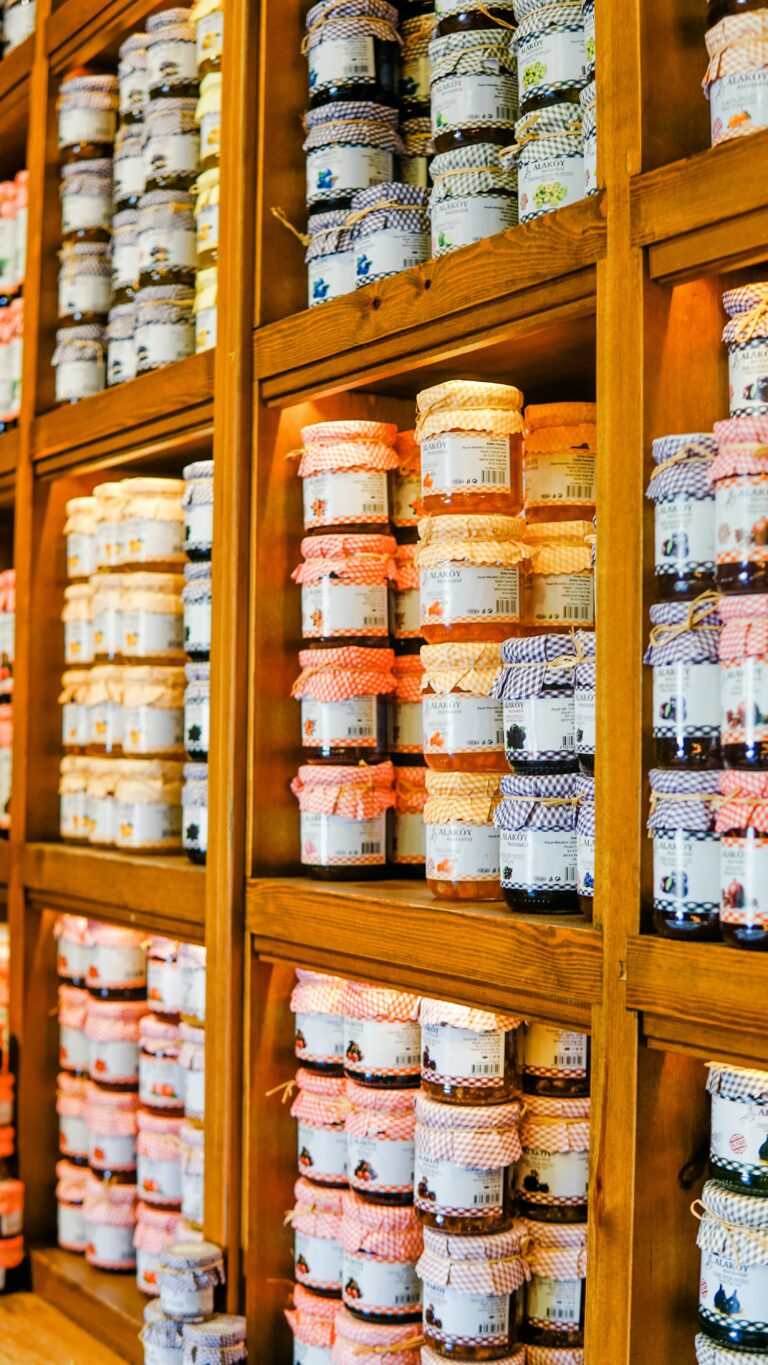
Envision this: Your kitchen is now Fort Knox. Everything edible is securely locked away. You’ve got grains in glass jars, cookies in metal tins, and even pet food in chew-proof bins. The message to the mice? “No free meals here!” But don’t forget, mice are Olympic-level gymnasts when it comes to squeezing into small spaces. That means regular inspections behind appliances and inside cabinets to ensure there are no easy entry points or crumbs to scavenge.
Beyond the pantry, it’s also wise to check where the feeders are, both for pets and birds. Leaving these out can be akin to ringing the dinner bell for a mouse. Being strategic about feeder placement and promptly cleaning up any spillage can greatly reduce the all-you-can-eat buffet signal you might be sending out inadvertently.
And let’s not ignore the allure of the fruit bowl. It’s like a neon sign flashing “Eats here!” to a mouse. Ensuring that ripe fruit is refrigerated or properly covered can prevent it from emitting enticing scents. And speaking of scents, strongly aromatic herbs and spices can work as natural deterrents. A sprinkle of peppermint or cayenne around potential mouse hotspots might just keep their twitchy noses at a distance.
Remember, the goal is to make sure that if a mouse does waltz into your home, it finds the cupboards bare and decides to twirl right back out. With a little effort and strategic food storage, you can make your home as unappetizing as possible to those furry little critters, ensuring they’ll scour elsewhere for their next nibble fest.
Frequently Asked Questions
Ever wondered what fuels our tiny, whiskered friends? Let’s dive into the fascinating diet of mice and answer some of the most common questions you might have.
What’s On The Menu For Pet Mice?
If you’re picturing a mouse with a tiny wedge of cheese, think again! Pet mice thrive on a diverse diet. Consider the little critters as mini nutritionists; they require a balanced mix of seeds, fruits, and veggies to stay healthy. They’re not picky eaters by any means, but just like us, they need their nutrients. Throw in some high-quality pellets, and you’ll have a happy mouse banquet.
Can Mice Have Health Problems From Wrong Diets?
Just like humans can’t live on junk food alone, mice can’t survive on a poor diet. Feeding them fatty seeds or sugary treats as a staple can lead to obesity and other health problems. A chubby mouse might be cute, but it’s not healthy! Stick to lean proteins and fresh produce to keep your rodent pals in tip-top shape.
How Can You Prevent Mice From Raiding Your Garden?
So, you’ve got a garden full of juicy tomatoes and crisp lettuce, and it’s like a mouse’s dream buffet. To deter these nibblers, it’s all about making your garden less enticing. Try planting peppermint or using natural repellents. If all else fails, a good old-fashioned scarecrow might do the trick—though, admittedly, it’s more effective on birds than brainy mice.
And while we’re on the topic, have a peek at what a mouse’s diet can look like in the wild. It’s not all seeds and greens; these adaptable creatures will go for insects and other tasty bits to round out their diet. Here’s a visual for you:

Remember, whether you’re caring for a pet mouse or fending them off from your garden, understanding what mice eat is the key to harmony. So, next time you catch a mouse eyeing up your leftovers, you’ll know exactly what’s going through their little minds.
